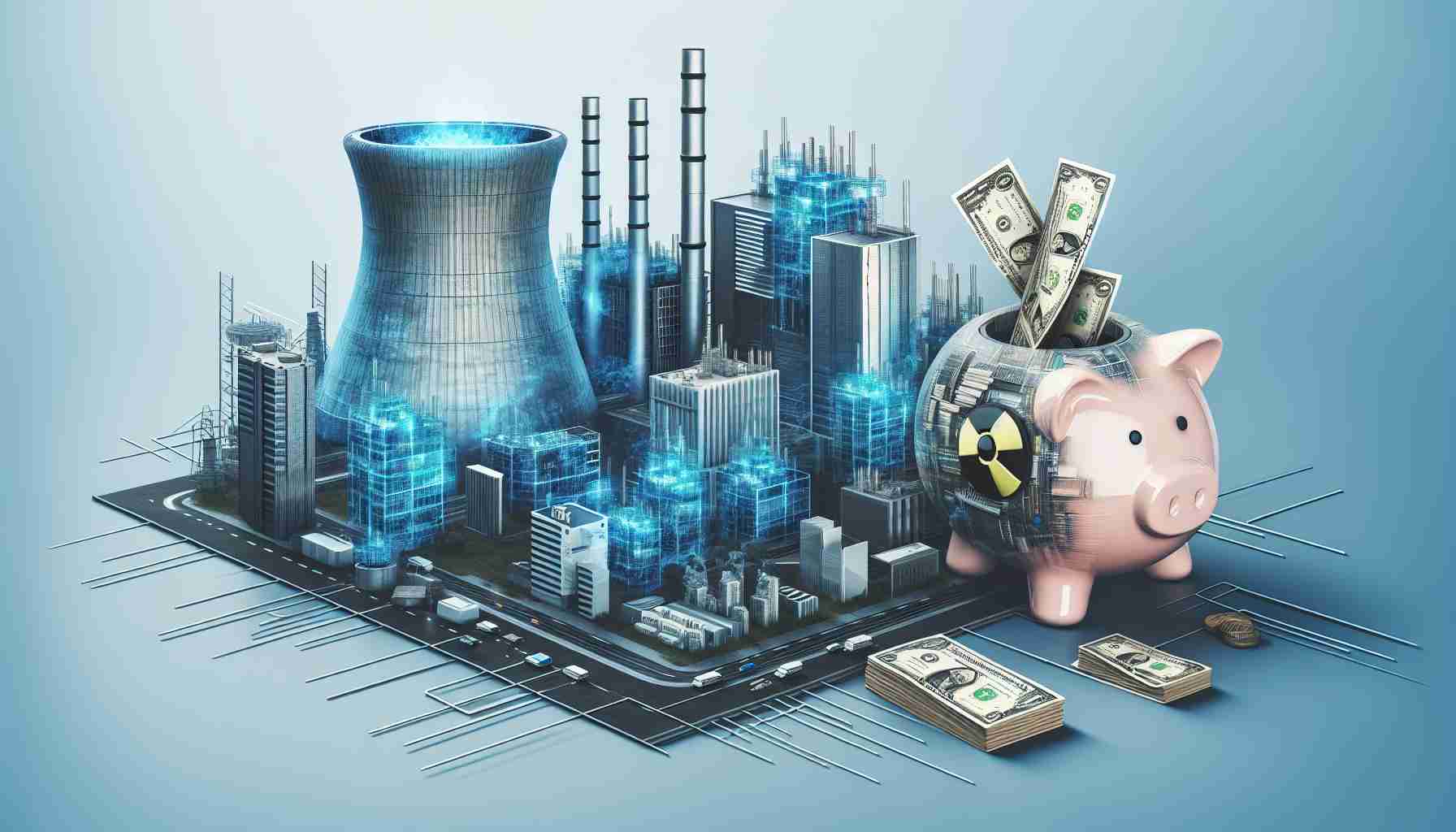A Glimpse into Nuclear Energy Expansion
Nuclear energy stands as a vital source of reliable and clean electricity in numerous nations, and its significance is expected to soar in the upcoming decades. A notable surge in interest regarding the expansion of nuclear capabilities is being observed globally. This trend is largely fueled by the pursuit of enhanced energy security and the urgent need to transition to clean energy alternatives.
Innovations are paving the way for a new era in the nuclear sector. The emergence of small modular reactors (SMRs) promises to revolutionize how nuclear power is generated and utilized, making it more accessible and adaptable. However, the journey toward expanding nuclear power is fraught with challenges.
Investment levels remain low, hampered by a combination of actual and perceived high costs associated with nuclear projects, alongside significant political hurdles and the inherent risks tied to construction. A recent publication by the International Energy Agency (IEA), titled “The Path to a New Era for Nuclear Energy“, delves deep into these complexities. The report sheds light on the critical barriers hindering increased investment in this sector and seeks to pinpoint actionable solutions, particularly in terms of financing strategies.
As countries grapple with the realities of energy demands and climate change, the question remains: can nuclear energy rise to the occasion?
The Future of Nuclear Energy: Trends, Innovations, and Challenges
Nuclear energy is undergoing significant transformations, making it a focal point in the discourse on sustainable energy solutions. The global landscape is witnessing a renewed commitment to expanding nuclear capabilities, driven by energy security concerns and the imperative to adopt cleaner energy sources. Here’s a closer look at the latest developments in nuclear energy, including key aspects such as innovations, market trends, use cases, and potential challenges.
Trends in Nuclear Energy Expansion
As countries seek to diversify their energy portfolios, nuclear power is regaining favor. According to the World Nuclear Association, about 30 countries are currently operating nuclear power plants, with several more considering new projects. In regions like Asia, particularly in China and India, there is a marked increase in nuclear investments, with plans to construct numerous reactors by 2030.
Innovations Shaping the Nuclear Landscape
One of the most promising trends in nuclear energy is the development of Small Modular Reactors (SMRs). Unlike traditional large reactors, SMRs are designed to be built in factories and shipped to sites for assembly. This modular approach reduces construction costs and times, addresses safety concerns, and provides flexibility in deployment. Companies like NuScale Power and Rolls-Royce are at the forefront of this innovation, with pilot projects already in the pipeline.
Use Cases of Nuclear Energy
Nuclear energy not only serves as a power source for electricity generation but also plays a crucial role in various sectors:
– Desalination: Nuclear reactors can provide the heat required for desalination plants, making it a viable solution to water scarcity in coastal areas.
– Hydrogen Production: Through high-temperature gas-cooled reactors, nuclear energy can produce hydrogen efficiently, supporting the transition to a hydrogen-based economy.
Challenges and Limitations
Despite its potential, the nuclear sector faces significant hurdles:
– Public Perception: Historical accidents, such as the ones in Chernobyl and Fukushima, have shaped public perceptions and often lead to resistance against nuclear energy projects.
– Investment Concerns: The high upfront costs and long timelines associated with constructing nuclear plants pose risks for potential investors, resulting in lower levels of capital inflow and reliance on government subsidies.
Environmental and Security Insights
Nuclear energy is one of the lowest carbon-emitting energy sources available. As nations strive to meet their climate targets, increasing the share of nuclear power can play a critical role in reducing greenhouse gas emissions. However, nuclear waste disposal and the potential for catastrophic failures remain key concerns that need to be addressed for broader public acceptance.
Future Predictions
Looking ahead, experts predict that nuclear energy will continue to grow as a pivotal element of the global energy mix. The International Atomic Energy Agency (IAEA) has projected that nuclear power could contribute significantly to reducing global carbon emissions by 2050, aligning with ambitious climate goals.
Conclusion
While challenges abound, the push for nuclear energy reform is backed by innovations such as SMRs and strategic investments in emerging technologies. As nations explore this avenue, the future appears optimistic for nuclear energy to be a cornerstone in achieving energy security and sustainability.
For more insightful information on nuclear energy developments and innovations, visit World Nuclear Association.
The source of the article is from the blog mgz.com.tw



